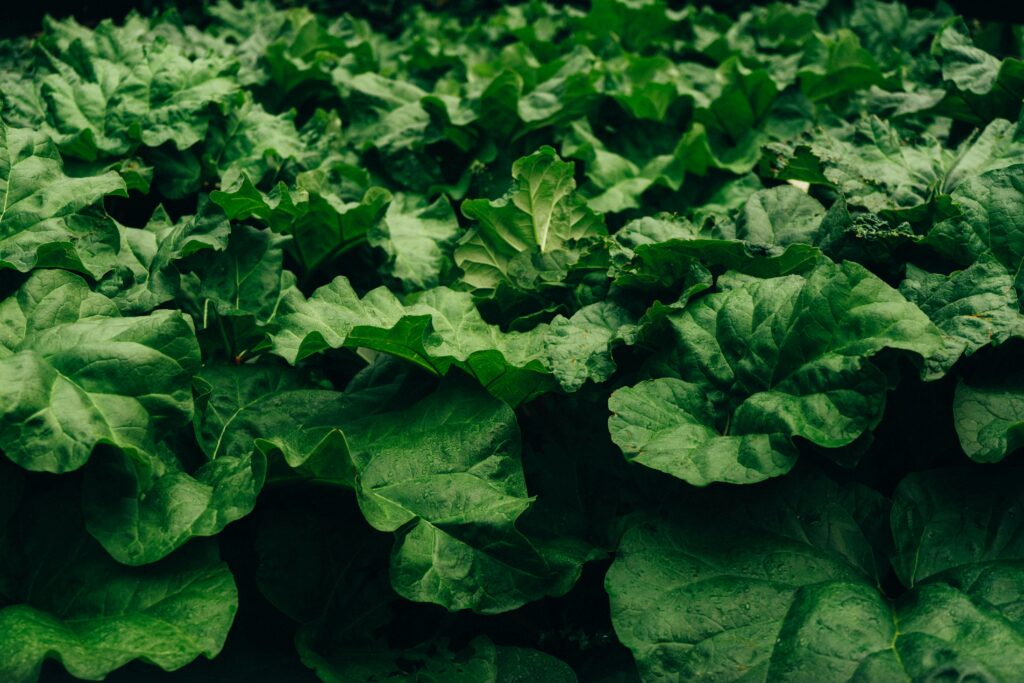Rhubarb, with its vibrant red stalks and tangy flavor, is a delightful ingredient in pies, jams, and sauces. But did you know that it’s also relatively easy to grow in your own backyard? Whether you’re a seasoned gardener or just starting out, here’s a brief guide on how to cultivate this versatile and flavorful plant.
1. Choose the Right Location: Select a sunny spot in your garden with well-draining soil. Rhubarb prefers slightly acidic soil with a pH level between 6.0 and 6.8. Be sure to test your soil beforehand and add any additives to adjust the pH as necessary. Avoid areas prone to waterlogging, as rhubarb roots can rot in soggy conditions.
2. Planting Rhubarb: Rhubarb is typically grown from crowns, which are the root sections of mature plants. Plant rhubarb crowns in early spring or late autumn, spacing them about 3 feet apart. Dig a hole large enough to accommodate the crown’s roots and plant it with the top of the crown just below the soil surface. Water thoroughly after planting.
3. Provide Adequate Water and Nutrients: Keep the soil consistently moist, especially during the growing season. However, be cautious not to overwater, as rhubarb is susceptible to root rot in waterlogged conditions. Mulching around the plants can help retain moisture and suppress weeds. In terms of nutrients, rhubarb benefits from a balanced fertilizer application in early spring.
4. Weed Control: Regular weeding is essential to prevent competition for nutrients and moisture. Be careful when weeding around rhubarb, as its shallow roots can be easily damaged.
5. Harvesting Rhubarb: Refrain from harvesting rhubarb during its first year of growth to allow the plant to establish itself. In the second year, you can start harvesting stalks when they are firm and about 12 to 18 inches long. To harvest, grasp the stalk near the base and pull gently while twisting. Avoid cutting the stalks, as this can leave behind stubs that may rot and invite disease. Please note that the leaves of rhubarb are toxic and contain Oxalic acid, so be sure not to ingest them.
6. Proper Care and Maintenance: After harvesting, remove any flower stalks that emerge to redirect the plant’s energy back into producing edible stalks. Additionally, divide mature rhubarb plants every 4 to 5 years to maintain vigor and productivity.
7. Winter Protection: In colder climates, rhubarb may benefit from winter protection to prevent frost damage to the crowns. Mulch around the plants with straw or well-rotted compost in late autumn to insulate the roots against freezing temperatures.
With a little care and attention, you can enjoy a bountiful harvest of rhubarb year after year. Whether you’re baking a pie, making preserves, or simply enjoying it fresh, homegrown rhubarb adds a delightful touch to any culinary endeauvor.

